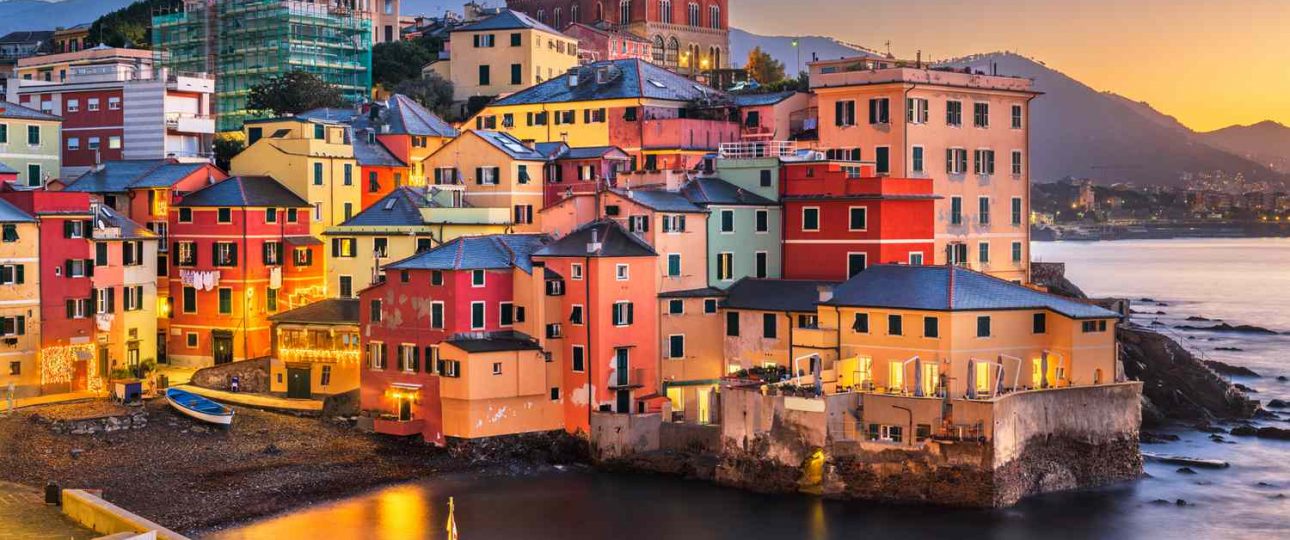Exploring Genoa: A Treasure of the Italian Riviera
Genoa, the capital of Italy’s Liguria region, is a city where history and modernity coexist harmoniously. Positioned between the mountains and the Mediterranean Sea, it is a bustling port city rich in culture and culinary delights. Unlike many of Italy’s more frequented tourist spots, Genoa offers an authentic experience, inviting visitors to engage with the local lifestyle. This guide will delve into Genoa’s historical significance, cultural experiences, and practical travel tips.
Historical Significance
With a history spanning over two millennia, Genoa was a pivotal maritime republic during the Middle Ages, playing a significant role in Mediterranean trade. Known as “La Superba” (The Proud One), the city boasts a wealth of historical and architectural treasures.
Key Historical Highlights
- Palazzi dei Rolli: These grand palaces, recognized as UNESCO World Heritage sites, reflect the opulence of Genoa’s aristocracy in the 16th and 17th centuries.
- Christopher Columbus: Genoa is the birthplace of the renowned explorer. Visitors can explore the museum housed in the building where he was born.
- Maritime Heritage: Genoa’s strategic location established it as a formidable naval power. The Galata Museo del Mare offers insights into its maritime history.
Cultural Experiences
Beyond its historical allure, Genoa is vibrant with cultural activities. From art galleries to festivals celebrating local traditions, the city is alive with events and attractions.
Art and Architecture
Genoa’s architecture is a testament to its rich past, featuring a blend of styles. Noteworthy landmarks include:
- San Lorenzo Cathedral: A striking example of Gothic and Romanesque architecture, known for its frescoes and intricate façade.
- Piazza De Ferrari: The city’s central square, surrounded by impressive buildings, is perfect for enjoying a coffee and observing daily life.
- Galleria Nazionale di Palazzo Spinola: This art museum displays works by Italian masters such as Caravaggio and Van Dyck.
Festivals and Events
Genoa hosts several annual festivals that offer a glimpse into its vibrant culture:
- Genoa International Boat Show: Held every September, this event attracts boating enthusiasts worldwide.
- Festival of the Sea: Celebrated in June, it features maritime parades and concerts, highlighting Genoa’s connection to the sea.
Gastronomy: A Taste of Genoa
Genoa’s cuisine is a reflection of its coastal and agricultural heritage, offering rich flavors and unique dishes.
Must-Try Dishes
- Pesto alla Genovese: This iconic basil sauce is traditionally served with pasta like trofie or trenette.
- Focaccia: Known for its delicious focaccia, Genoa offers variations such as focaccia di Recco, filled with cheese.
- Farinata: A savory chickpea pancake, popular as street food in local eateries.
Dining Recommendations
For authentic Genoese cuisine, consider these restaurants:
- Trattoria Da Maria: A beloved spot for home-cooked meals and a welcoming atmosphere.
- Il Genovese: Renowned for traditional dishes, especially its pesto.
- Focacceria di De Ferrari: Ideal for sampling various focaccia and local pastries.
Getting Around Genoa
Genoa’s public transportation is efficient and user-friendly. Here are some options:
Public Transportation
- Metro: The city’s metro line connects key areas, making navigation straightforward.
- Buses and Trams: A comprehensive network covers the city, providing easy access to attractions.
- Funiculars: These railways offer a unique way to explore the city’s hilly terrain while enjoying scenic views.
Walking and Biking
Genoa’s narrow alleyways, known as “vicoli,” are perfect for exploring on foot. Bicycles are also available for rent, offering an active way to see the city, particularly along the waterfront.
Best Time to Visit Genoa
The ideal times to visit Genoa are during spring (April to June) and fall (September to October), when the weather is mild and tourist crowds are smaller. Summers can be hot and busy, while winters are often rainy but quieter.
Summary of Key Facts
- Genoa is the capital of the Liguria region in Italy.
- It was a significant maritime republic during the Middle Ages.
- Notable historical sites include the Palazzi dei Rolli and San Lorenzo Cathedral.
- Genoa hosts festivals like the International Boat Show and the Festival of the Sea.
- Culinary highlights include Pesto alla Genovese, focaccia, and farinata.
- Public transport options include a metro, buses, trams, and funiculars.
- The best times to visit are spring and fall for pleasant weather.
In conclusion, Genoa offers a captivating blend of history, culture, and gastronomy, making it a distinctive destination in Italy. Whether you’re exploring its historic streets, savoring local dishes, or soaking in the vibrant atmosphere, Genoa is sure to leave a lasting impression.




